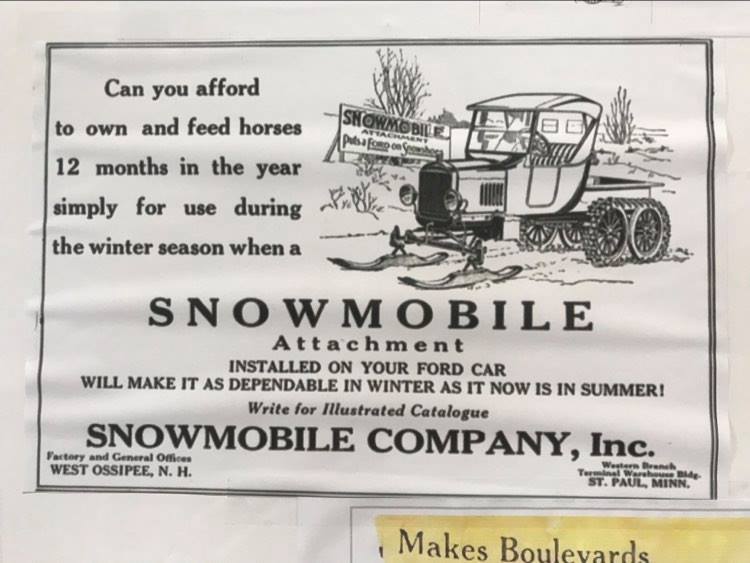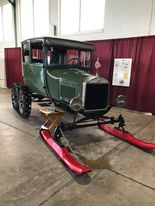We’re going to take it a little easier this week on discussion–please respond to both of the questions below by Wednesday, 7/21; you do not need to reply to your classmates’ posts, though I certainly encourage you to read through what others have to say.
In “Changing organizational culture,” we see a rather different type of writing, one that’s pretty approachable and readable, but still presenting intensive research in a way that’s geared toward a very specific audience. What we’re looking at here is a trade/professional journal. Like scholarly journals, they often include peer-reviewed articles, but they’re designed for practitioners (in this case, in the workplace safety industry) rather than for other academics. The end result is detailed research that’s usable for people working in this field.
In part we’re looking at this article as a sample of a genre that might be useful for you to consider for your own inquiry. SUMMON (the SU Libraries’ search tool) allows you to select “trade publication” as a Content Type option in an Advanced Search. It can be really helpful to see what folks within a given field are talking about, how they’re making use of current research, developing best practices, implementing ideas, etc. The material there tends to be very current material from experts–good stuff to use when you’re trying to understand the implications of a particular issue.
And we can also learn some lessons from this text about how to develop an argument that will reach our readers. Wong does a solid job of making explicit connections between theory and practice as she translates this material for a non-academic audience. Let’s home in on how she makes this work.
Please respond to both of the questions below for this week’s discussion.
- Wong is entering a conversation around diversity (including the business case and the ethical case folks have made for diversity) and inclusion that was going on long before she showed up. What does she have to add to this discussion? Focus in on 1 particular contribution you see her making to this larger conversation. Name it, explain it, tell us where to find it, and talk about what you think is significant about it.
- Review chapter 8 of TSIS, which is about connecting the parts. Locate a place in Wong’s article where you see her doing this important work, and identify the TSIS moves that you see her using in this segment. Again, point us to a specific passage, and talk us through what she’s doing there and why it matters.
Categorize your posts as “Discussions/Homework,” and tag with “unit 2,” “weekof7/19,” and [your name]. And kindly throw us a little personal update–what have you been up to this past week? (highlight, lowlight, lesson–whatever you’ve got to share).
Here’s a little highlight for me:
My youngest son is a total gearhead–loves cars more than anything–so we took him to the Syracuse Nationals Car Show this weekend. It was just nice to be back at the NYS Fairgrounds after a couple of years away. (Plus, there were gyros!) I’m not a car nut, but I am a history buff, so this one really caught my attention. In 1917, a guy from New Hampshire patented an add-on kit to transform the Ford Model T into a snowmobile. I’ve never seen or heard of this, so it was fascinating to see it in real life!


